Content:
Blueberry is a small perennial berry shrub that grows in the wild and is grown in summer cottages. Fresh blueberries are delicious and healthy. Blueberries contain vitamins of groups A, B1, C, pectin and tannins, organic acids. Within the framework of the article, garden blueberries are considered: rules of agricultural technology, recommendations on how to care for a plant, how to deal with possible pests.
About culture
Blueberry is a heather plant, just like blueberry, lingonberry, or cranberry. In the wild, it grows in temperate areas in the forest or on the banks of swamps. The culture is common in Asia, North America and Europe.
Blueberries are not afraid of frost, they are capable of bearing fruit in subarctic latitudes. Therefore, the plant can be cultivated in almost any region of Russia.
Garden blueberry bushes grow up to 1.5-2 m in height. The leaves are small, lettuce green, the border is serrated. In autumn, the foliage changes its color and becomes a rich red color.
The root system consists of a main root and a large number of small roots up to 6 cm in length. With proper care of blueberries, the plant bears fruit for over 50 years.
The flowering period for blueberries begins in the second decade of May or early June. The flowers are small, with white or pinkish petals. The shape of the berry is round, diameter - from 1 to 1.5 cm, ripe berries are dark blue in color with a blue bloom.
The structure of the pulp is dense, the juice is purple. Harvested in late August or early September. Up to 10 kg of berries can be harvested from one bush. Fresh berries can be stored for about 1.5 months at a temperature of 0 degrees.
The berry contains a high concentration of useful trace elements:
- Magnesium;
- Zinc;
- Calcium;
- Phosphorus;
- Iron;
- Copper;
- Selenium.
The proven healing property of berries is to improve the structure of the retina.
Gardeners grow a variety:
- Canadian blueberries;
- Nelson;
- Weymouth;
- Caucasian blueberries;
- Bluecrop;
- Blueberry print.
Site requirements
Blueberries grow well in acidic loose soil. The area should be slightly shaded. Growing blueberries in the garden is also possible in an open sunny area, but then you will need to additionally moisten the shrub leaves in the summer.
If you plant young bush blueberry seedlings in ordinary soil, the plant will not develop well, sometimes the bushes die.
The cottage must be protected from constant drafts.
The garden is prepared in advance. In open ground, seedlings are planted in autumn or spring. Blueberries are planted in spring when there is no threat of frost. It is preferable to choose the autumn season for planting bushes. October will be the golden mean. Planted bushes in October take root faster in a new place.
Planting in autumn is carried out in October or early November, fertilizers are applied in September.
Recommendations for soil preparation, how to grow blueberries:
- Dig a hole 150x150x60 cm in size;
- Mix the soil from the pits with peat in a 2: 1 ratio;
- Add some powdered sulfur to the soil mixture to acidify the soil;
- If the soil is heavy, river sand or rotted oak foliage is added to the ground.
The resulting soil mixture is similar to the soil in which blueberries grow in natural conditions.
Planting blueberry bushes
Planting and caring for garden blueberries will not take much time and effort. With proper agricultural technology, blueberries will actively grow, bring a large and high-quality harvest. When planting, it is important not to damage the roots and observe the normalized distance between the bushes.
Young seedlings with a closed root system are used as planting material. It is desirable that the shrubs are at least 2 years old.
Planting and care of blueberries in the open field:
- The garden plot must be prepared a month before planting the seedlings. Dig a hole the size of a lump of earth in which the roots of the seedling are located;
- Place the plant in the prepared holes in the center;
- The roots of the plant are pre-moistened, the seedlings are planted necessarily together with the lump of earth in which it was purchased. The clod of earth is loosened and moistened, the roots are carefully straightened;
- The distance between the bushes is 1.5 m, if the blueberry is planted in several rows, then maintain a distance of at least 2.5 m between the rows;
- After the seedling is placed in the middle of the hole, the empty space is covered with nutritious soil, the hole is lightly tamped with your hands;
- The hole should be watered abundantly, the ground around the bush should be covered with a layer of mulch (sawdust, peat, fallen leaves);
- If the blueberry bush is more than 3 years old, then a few days after planting it must be cut off. The height of the branches should be 10-30 cm, pruning helps the shrub to take root faster.
By knowing how to plant blueberries correctly, you can grow healthy and productive bushes.
Care rules
In order for the blueberry bush to continue to bear fruit for decades, it needs to be looked after based on the specifics of the plant. Basic care measures:
- Watering;
- Pruning;
- Top dressing.
Blueberries growing in the garden need abundant watering. The culture is moisture-loving, so it is important to moisten the soil in a timely manner. With insufficient watering, the bushes will wither, the berries will become dry and tasteless.
If the weather is dry, then the bushes are watered once every 5 days. In a rainy summer, watering is done as needed. Plain water can be alternated with acidified water.
To keep the ground slightly damp and not to form a crust on the ground, mulch the hole with sawdust or peat, make a layer of mulch at least 3 cm.
If the plant grows in an open, well-lit area, then the bushes should be sprayed with standing water in the morning or evening hours, when the sun is not active.
Pruning
Mid-March is considered a good time for pruning the plant. Before the procedure, you need to look at the weather conditions, there should be no frosts.
Regular pruning is carried out 3 years after planting the seedlings. To begin with, they inspect the bush, first of all, they remove dried, diseased and damaged branches. Up to 8 main strong healthy branches are enough on one bush.
In order for new shoots to grow, old branches are cut off to 20 cm. If there are many side shoots on the bush, then they are removed, since small berries grow on them.
Adult shrubs aged 15 years and more are cut completely to a height of 20 cm. The procedure is rejuvenating, it allows you to preserve the yield of blueberries.
Top dressing
For better yield and growth of the bush, blueberries are fed with organic matter and mineral supplements.
Organic fertilizers are applied under the bushes every 2-3 years at the rate of 1 bucket per 1 sq. m. As organic matter, you can use ordinary compost, rotted manure, peat chips.
In the spring, when loosening the soil, mineral fertilizers are applied. For 1 bush, the norm is 12-15 g.complex phosphorus fertilizer. Suitable mineral supplements for blueberries:
- Superphosphate;
- Kalimagnesia;
- Ammonium sulfate.
In addition to fertilizing, one must not forget to acidify the soil. The acid neutralizes nitrogen fertilizers that help alkalize the soil.
Complex fertilizers for feeding:
- Fertika;
- Station wagon;
- Solution;
- Kemira-Lux.
Reproduction
Horticultural crops can be propagated using seeds or cuttings.
Seed method
To get planting material, you need to collect ripe berries, knead them, add water to the resulting gruel. After adding water, the seeds will float up, you can throw them away. We drain the water and pour in a new one. Mix everything again, repeat the procedure until the water becomes clear. Seeds suitable for planting will remain at the bottom of the bowl.
The seeds are dried and sown in containers with a peat nutrient mixture. Deepen the seed 0.5 cm. Water carefully so as not to wash out the seeds. Seedlings will appear in 2-3 weeks. In winter, containers with seedlings should be left in a well-lit room, the optimum temperature is 5-10 degrees.
It is necessary to dive seedlings in the spring. Seedlings are planted in open ground after a year.
Reproduction by dividing the bush is carried out in the fall. To do this, they dig up the mother bush, divide it, up to 5 healthy shoots should remain on each divided bush. Planting is carried out in the same way as for 2-3-year-old seedlings.
Protection against diseases and pests
Blueberries, both wild and garden, rarely get sick. To prevent the development of fungal infections (white spot), shrubs are treated with copper-containing preparations before flowering. After harvesting, the procedure is repeated.
Possible diseases, description:
- Gray rot - appears due to the high humidity of the air and soil, fluffy gray formations appear on the leaves;
- Stem cancer - light brown spots become visible in early spring, over time they completely cover the stems;
- Physalosporosis - the disease affects the stems of a plant, resembles stem cancer;
- Leaf spot - small brown spots are visible on the leaves when a spot is affected.
When a disease is detected, the bushes are treated with fungicidal preparations. The affected areas are cut and burned.
Pests:
- Aphid;
- Shield.
To get rid of insects, the bushes are treated with insecticides. As a preventive measure, it is recommended to completely clean the area of fallen leaves.
Among pests, birds can cause serious damage to crops. They peck at unripe berries. To protect against pests, a nylon mesh is used, which can be fixed on a homemade frame.
Preparing for winter
Blueberries are a winter-hardy plant, so there is no need to cover the bushes additionally for the winter. Young seedlings can be covered for the first winter. To do this, use agrofibre or mulch.
Garden blueberry is an unpretentious plant that will delight gardeners for many years with a good harvest of tasty and healthy berries. If you know the simple rules on how to plant blueberries correctly, and the specifics of growing a crop, the plant will not cause trouble for gardeners.
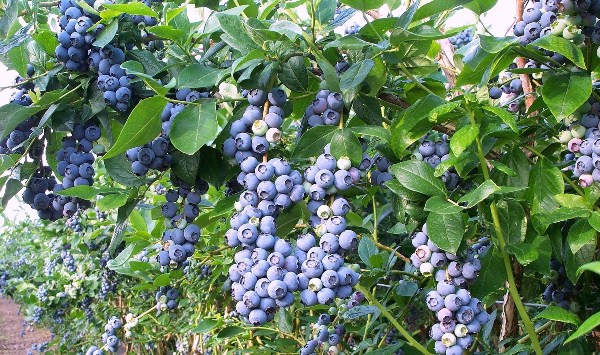
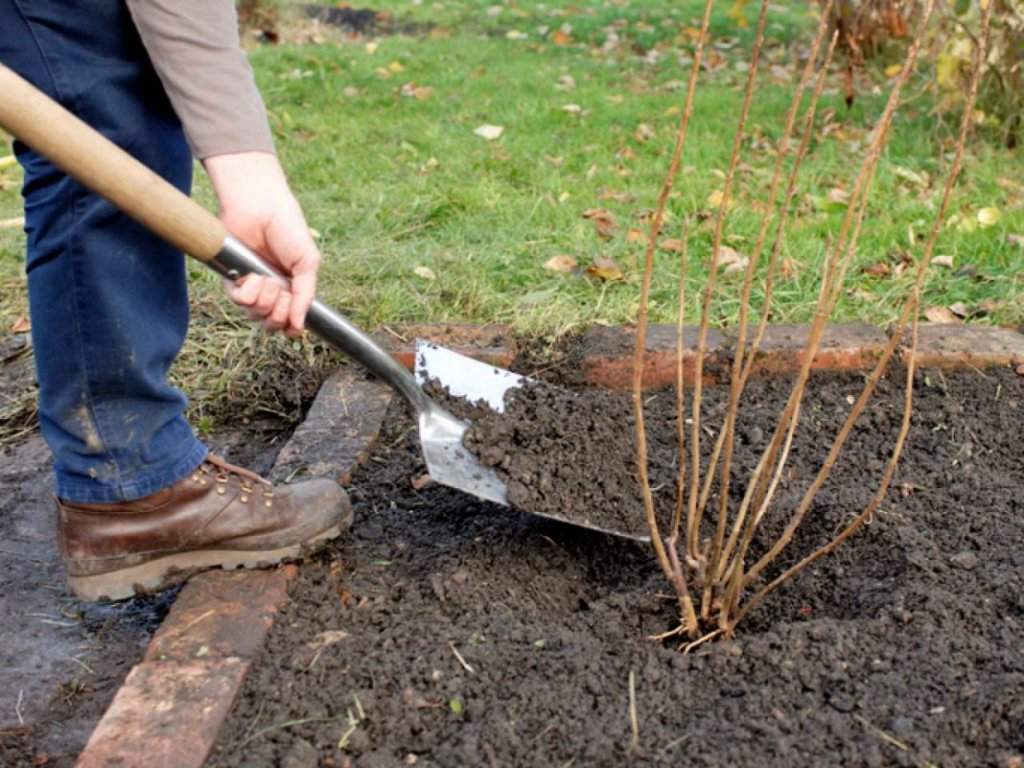


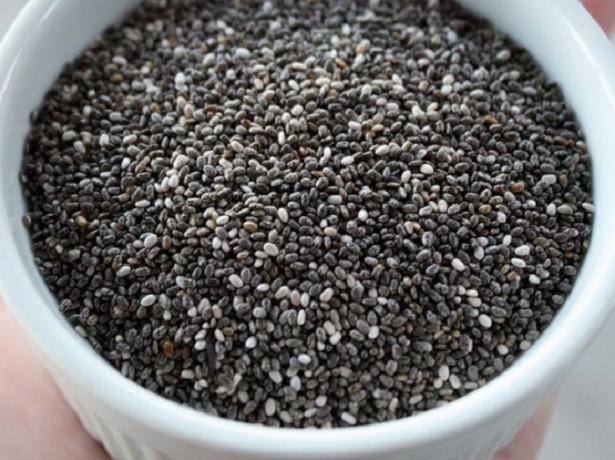
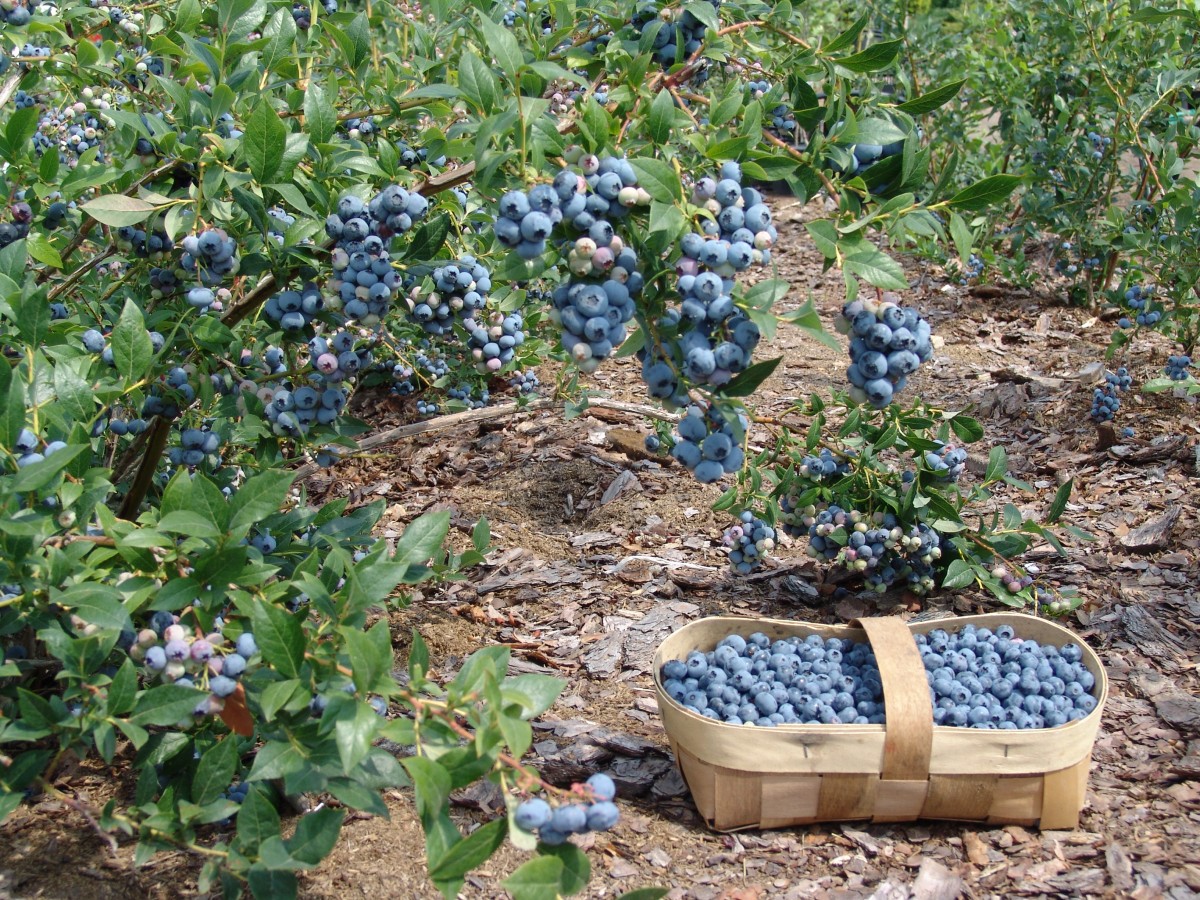
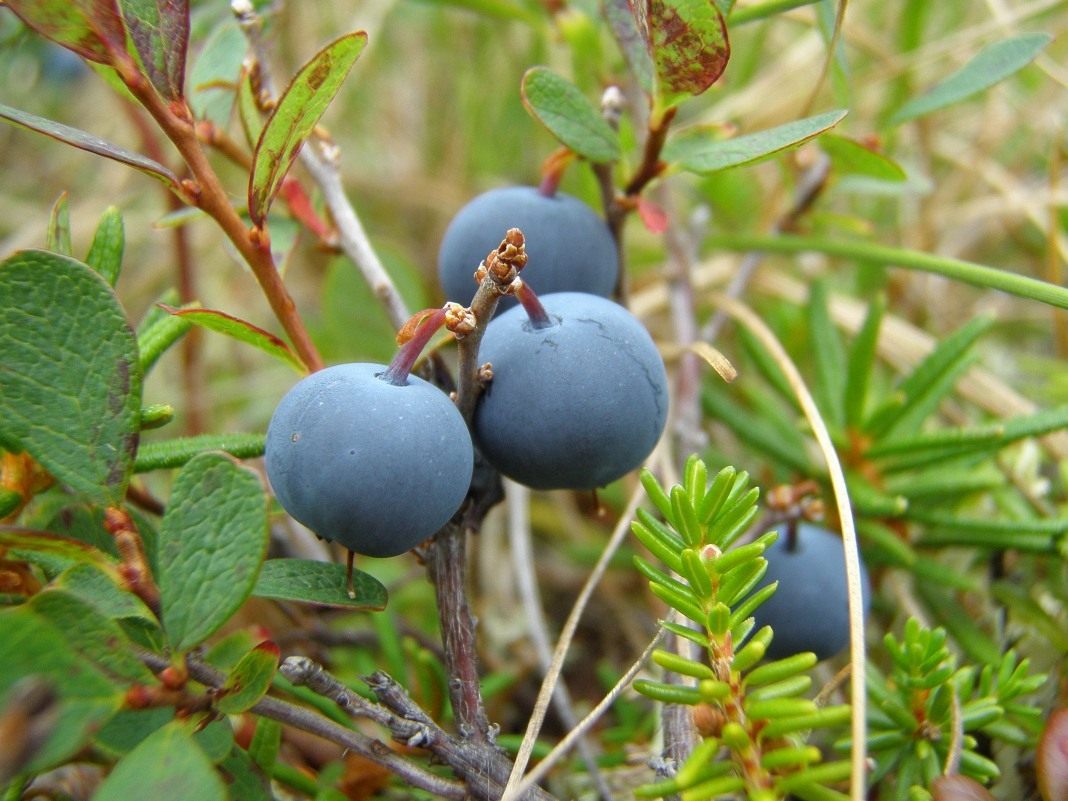

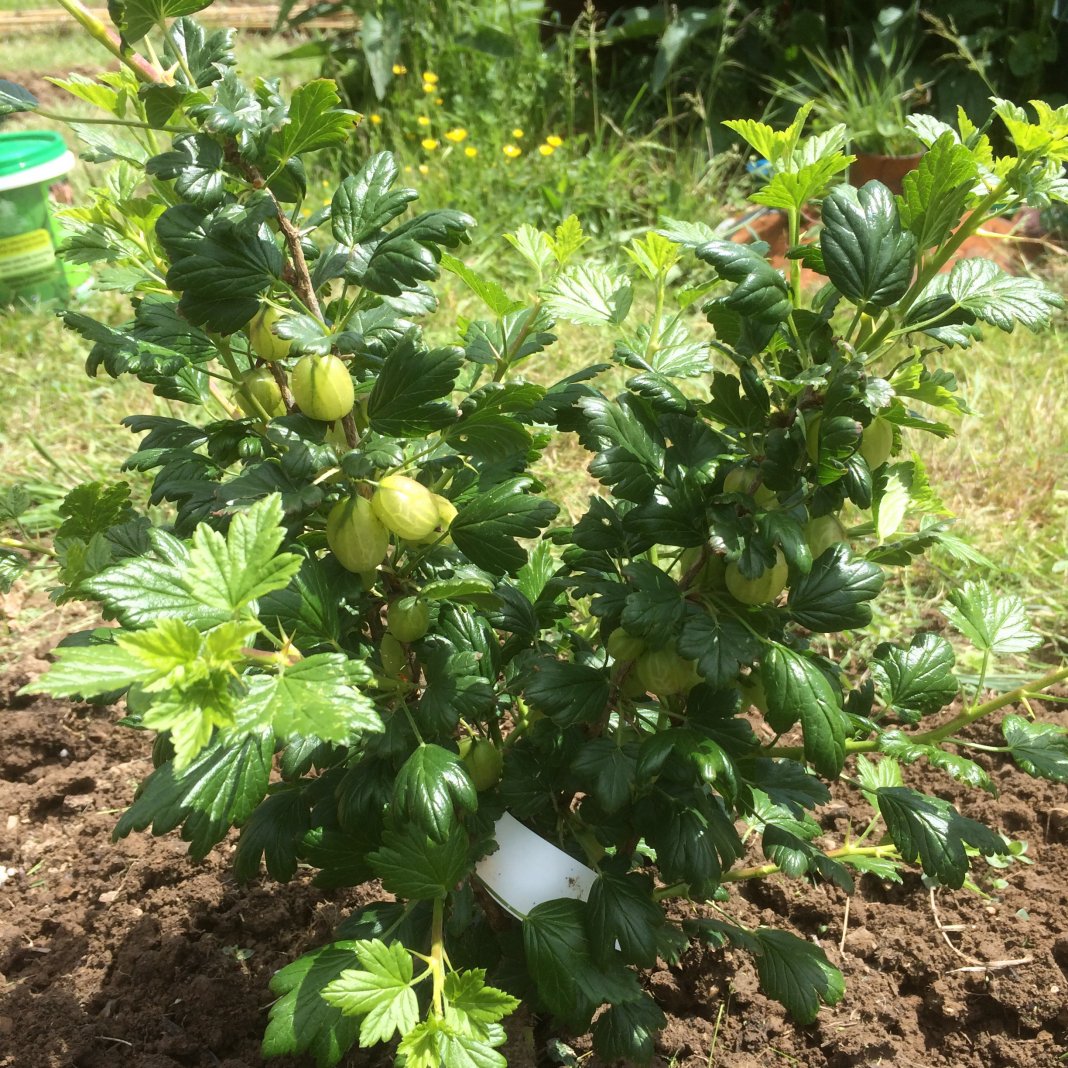
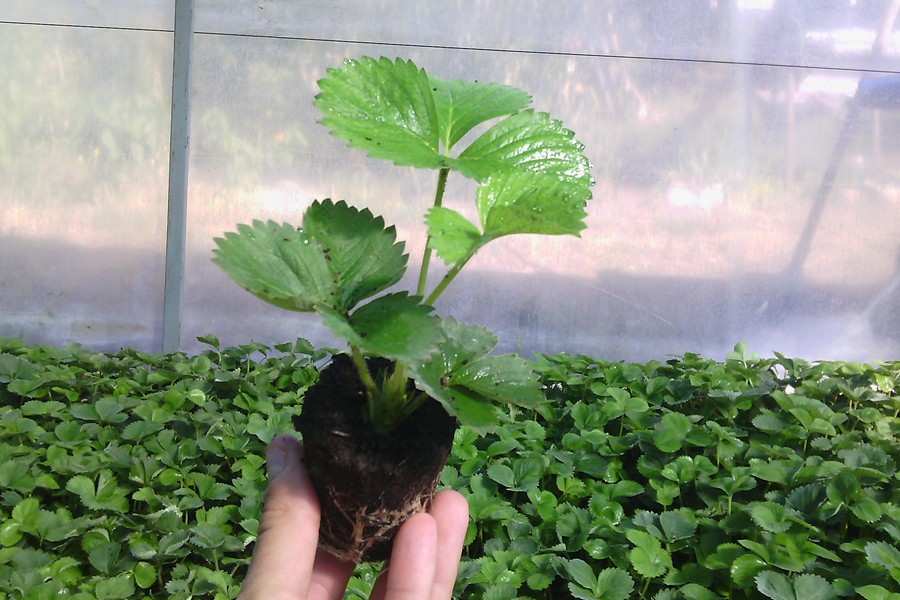
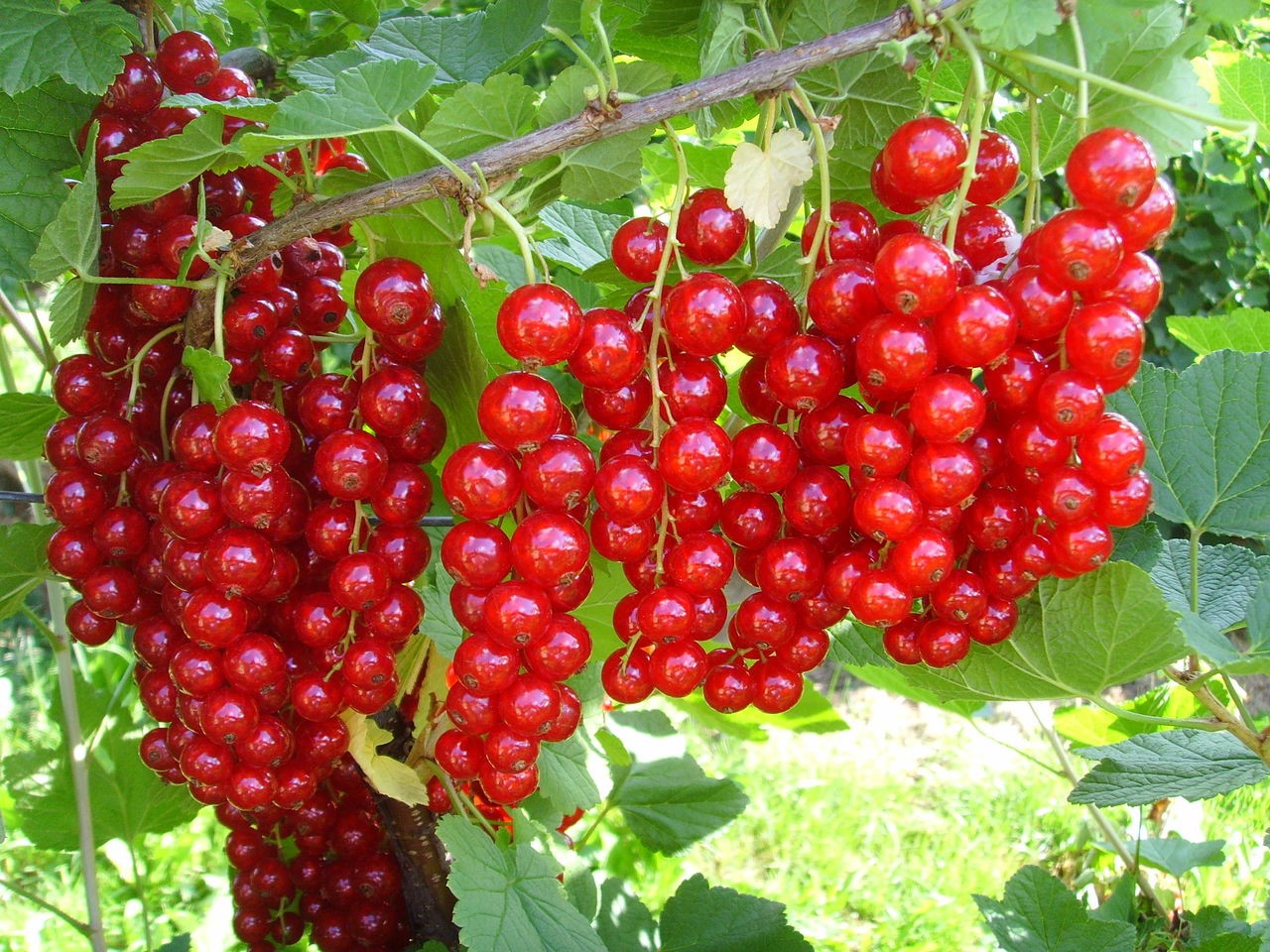







Very strange! Blueberries grow in the forest! In the woods!!! In partial shade!